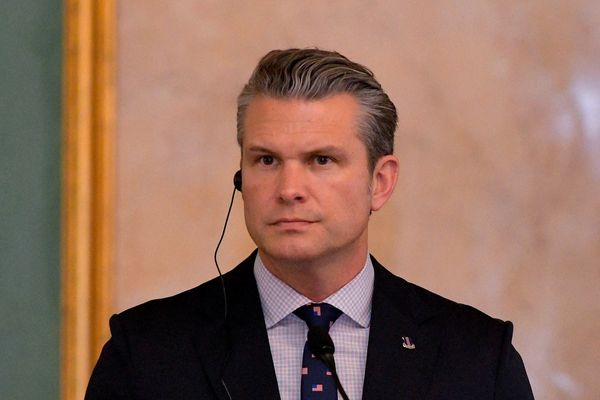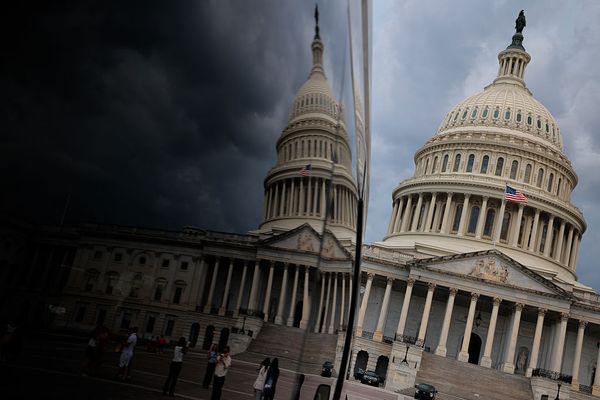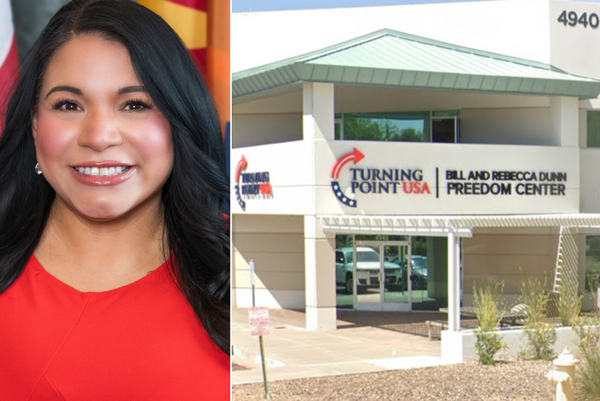
The former US president Harry Truman famously asked for a one-armed economist after growing tired of hearing “on the one hand, this” and “on the other hand, that”.
Those listening to Michele Bullock, the Reserve Bank of Australia’s governor, talk about the future path for interest rates may sympathise.
As expected, the RBA’s monetary policy board held the cash rate steady at 3.6% on Tuesday.
At the regular post-meeting press conference, Bullock said she could envision a future where rates are on hold for the foreseeable future, and where they need to be cut again.
“What we’re focusing on is an interest rate path that will deliver us inflation sustainably in the band,” she said, batting away repeated attempts to pin her down.
“That could mean a couple more reductions. It might not. I don’t know at this point, and we’ll look at all this again in November.”
Analysts were alarmed last week after monthly inflation figures showed price growth jumped back to 3% in the year to August – the very top of the central bank’s target range.
Those monthly numbers are volatile and less reliable than the quarterly figures (due late October), and Bullock was certainly not pressing the panic button.
Still, there was enough in the recent consumer price figures for RBA board members to worry that inflation may be proving more “persistent” than hoped.
“Private demand is recovering a little more rapidly than expected,” the board said in its statement. Bullock went on to say the three rate cuts already delivered are still working their way through the economy.
Going by financial markets – which offer as good a guide as any – the chance of a rate cut in six weeks’ time has dwindled, from about 55% before the announcement to 35%, according to NAB.
There was a matching vibe from economists: a November rate cut is still possible, but could easily be pushed back until 2026.
Westpac’s chief economist, Luci Ellis, said “the choice is still when to cut further, not whether”.
As the RBA dithers, Jim Chalmers was a little more forthright about the latest call by what he loves to refer to as “the independent central bank”.
“This is not the outcome that millions of Australians would have wanted,” the treasurer noted.
The shadow treasurer, Ted O’Brien, was quick to blame Labor’s “spending spree”.
But inflation and the RBA’s six-weekly decisions are no longer the political flashpoint they were last year and leading up to the election.
If anything, rate cuts are increasingly seen through the lens of the boost they provide to an already unaffordable housing market.
Perhaps, then, rates at about current levels wouldn’t be the worst thing in the world.
• Patrick Commins is Guardian Australia’s economics editor







